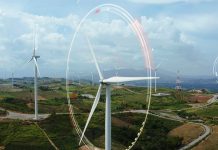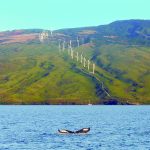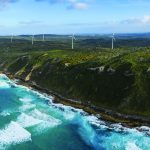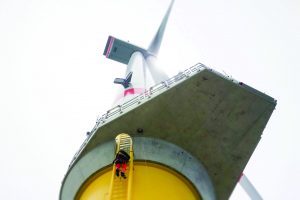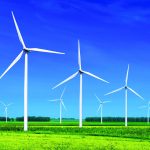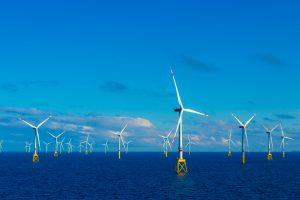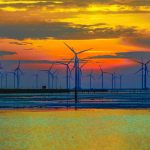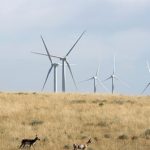Floating wind-turbine platforms are becoming one of the most electrifying technical advances for the wind industry, as the concept gains popularity over conventional offshore wind turbines for its numerous advantages.
For starters, floating wind turbines are able to take advantage of wind resources farther out to sea over deeper waters. Secondly, offshore wind is less likely to face challenges and resistance that land-based turbines might. The advent of floating wind turbines has minimized that challenge without competing for land. On top of that, floating wind turbines are cost-efficient, requiring fewer construction materials, and, at the same time, it does not require marine engineering expertise for assembling.
Presently, a small fraction of offshore wind resources can be accessed worldwide, owing to various limitations. These floating offshore prototypes, therefore, are still in their infancy and will need more time before they are mass produced and commercialized. At the same time, the numerous challenges faced by the wind industry are further leading toward innovative and efficient options. The advantages of floating wind turbines, on the other hand, are gaining popularity, followed by high investment expectations. Market players are implementing various strategies to expand the prospects of the industry, while a number of activities are transpiring across the market.
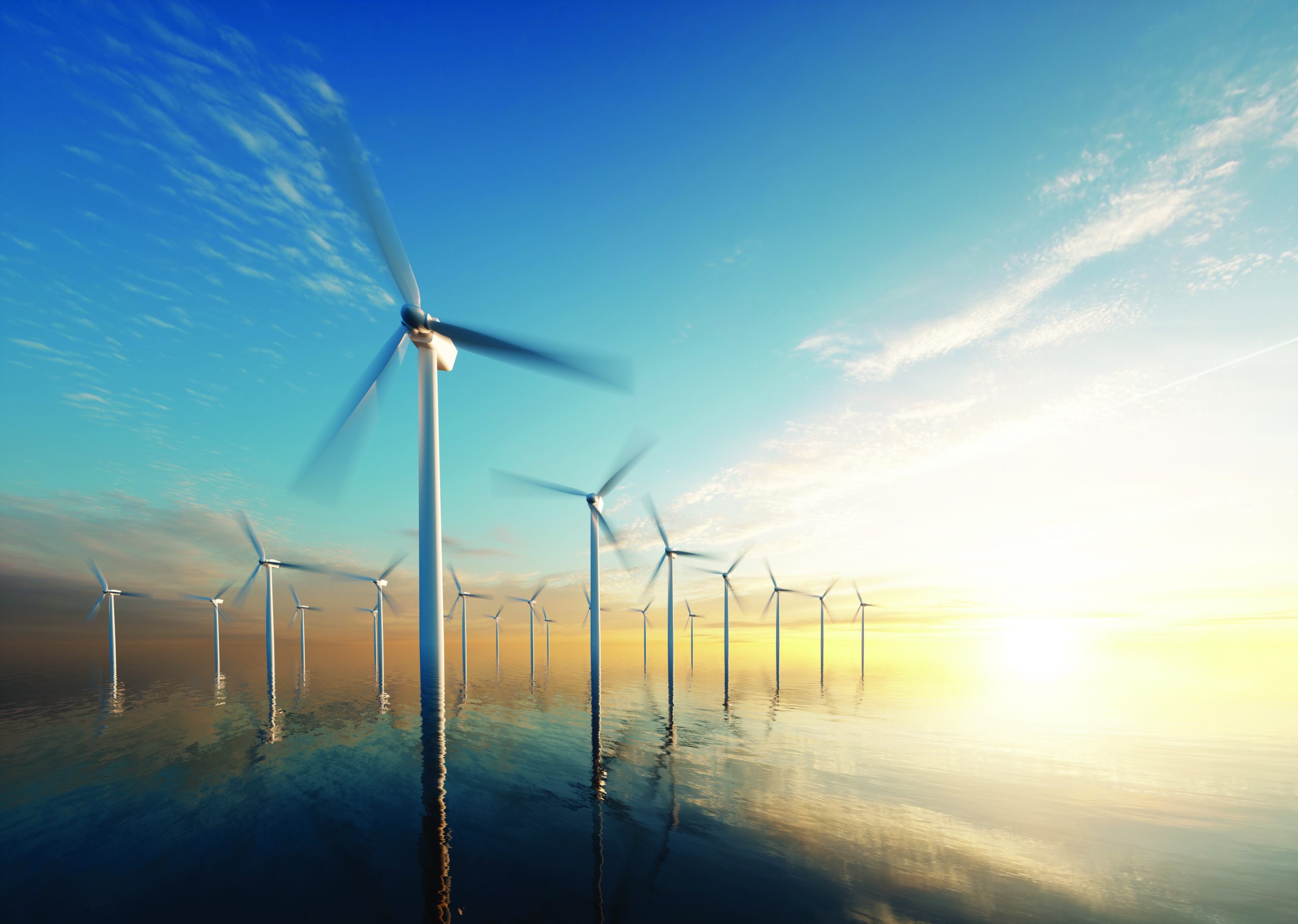
Joint ventures
Joint ventures are trending high among the market players, and investments for new and innovative projects based on green energy also are gaining traction all across the world. A global energy company, Shell, recently announced its joint venture with Simply Blue Energy, a transformative and sustainable marine-projects developer based in Ireland. The venture is established for the Emerald project that involves a floating wind farm in the Celtic Sea. The project is in its infancy and is intended to achieve the huge potential for vast floating wind in the Irish area of the sea. Moreover, the infrastructure to power the large-scale project is specially designed and is expected to augment the energy independence in the region along with reducing emissions.
A Swedish company and developer of vertical-axis floating wind turbines, Sea Twirl, recently announced it has been granted a patent for its wind turbine from Japan. As stated by the company, the patent uses a vertical-axis wind turbine with a tower connected to the sub-sea structure, consisting of a floating element and a keel. As the energy of the wind causes the turbine to rotate, the structure maintains its stability by using the keel and the counter turning moment, similar to the function of a keel on a sail boat. The company added that it minimizes the cost for installation and maintenance along with simultaneously reducing the downtime. Moreover, the company aims to put the commercial unit for sale and contribute to developing a floating offshore wind farm.
Government involvement
In addition to the companies, government bodies also are investing in new projects. The U.K. recently announced funding of more than £90 million in support of green technologies. The government has set three challenges that include offshore wind, energy storage, and biomass production. Nearly £20 million would be used to augment the potential of floating offshore wind technology. Moreover, the initiative would work toward positive governmental goals that include more jobs, low deployment costs, and confronting climate change.

The need to constantly improve efficient, eco-friendly, and lower-cost options for energy generation remains a top priority for businesses and governments alike. Floating wind turbines are expected to accomplish this in an effective way; however, the high cost of installation could limit its popularity.
Even with that caveat, it carries huge potential for offshore wind-energy production.
With the world already experiencing the impacts of technology and development, floating wind-turbine platforms are emerging as a way to boost the switch toward green energy. This has further encouraged industries to shift toward environmentally friendly ways of development; therefore, the industry is expected to grow. The demand for renewable power sources increases every year. According to a report published by Allied Market Research, the global floating wind turbine market is anticipated to reach $30.6 billion by 2027.
Floating offshore boost
In that vein, a growing concern from governments around the globe regarding renewable power sources is anticipated to boost the floating wind turbine market. Why? Because about 80 percent of offshore wind resources are in waters deeper than 60 meters, where a fixed offshore turbine is not effective. Since the floating structure can harness wind resources at deeper water levels, it is more effective in narrow continental shelf regions with sea water depths of more than 200 meters. In addition, floating wind turbines can decrease the cost of energy production more than that of fixed wind turbines in the long term. For instance, the current levelized cost of energy (LCOE) for a wind turbine in Europe is about $220-$245, but it is expected to reach $50-$73 by 2030.
Floating turbines also have a higher energy capacity factor with lower carbon emissions, which further augments their demand. Moreover, the advancements in wind-turbine structures pave the way for numerous opportunities. The investments and funding for new projects are increasing, and governments are taking initiatives for more developments. Also, industry players are adopting further strategies to contribute to advanced technologies and expand the market field. Nevertheless, with all these aspects, the market is expected to witness exponential growth in the future.


















